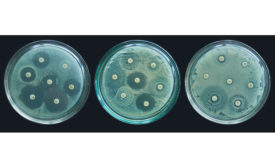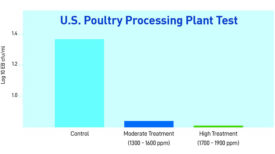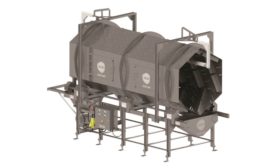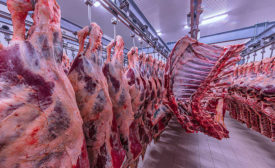Home » Keywords: » antimicrobial interventions
Items Tagged with 'antimicrobial interventions'
ARTICLES
Tech Topics: Antimicrobial Sprays and Dips
Tech Topics: Food Safety
How electrostatic intervention technology can help processors maximize resources and food safety
Processors can now utilize electrostatic technology in place of immersion dips and traditional in-line spray systems.
Read More
Regulatory proposal heightens focus on antimicrobial sprays and dips
FSIS will release a proposal that Salmonella be considered an adulterant in not-ready-to-eat breaded and stuffed raw chicken products.
Read More
Tech | Supplier's Perspective
Electrostatic technology advances as antimicrobial intervention
Read MoreMeat Science Review
Mulitple-hurdle antimicrobial interventions and ground beef quality
August 9, 2018
Ingredients
The clean-label trend's impact on antioxidant and antimicrobial ingredients
Driven by cleaner labels: The clean-label trend has propelled the use of antioxidant ingredients and had an impact in the antimicrobial ingredient world as well.
Read More
Stay ahead of the curve. Unlock a dose of cutting-edge insights.
Receive our premium content directly to your inbox.
SIGN-UP TODAYCopyright ©2024. All Rights Reserved BNP Media.
Design, CMS, Hosting & Web Development :: ePublishing




.png?1647275041)







